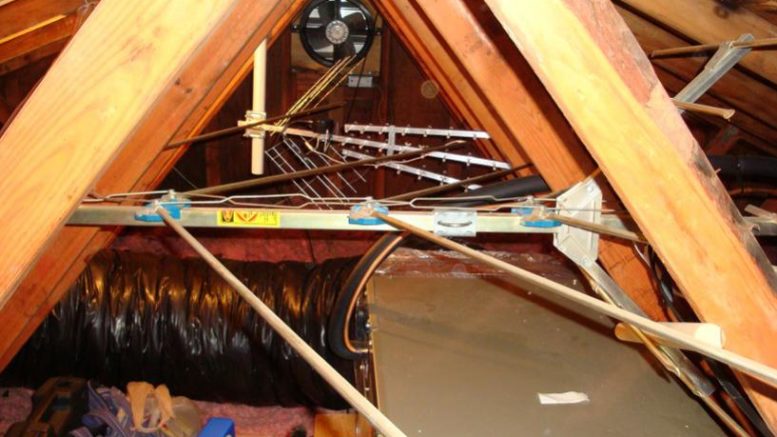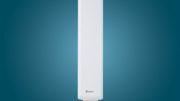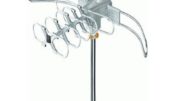Choosing the right antenna is critical to get the best reception, that’s a given. Sounds easy enough, right? But if you plan on wanting your antenna in your attic, there’s a few things you should know.
Location, location, location
First, each antenna has a range and that range is usually based on the antenna being outdoors. Along with terrain and weather, there are many things that affect an antenna performance. Line of sight is key, and sometimes an attic mount is good for that with the height (depending on the height of the house). But the most important thing to know about range when mounting in the attic is that when you take that antenna that is 60 miles rated outside and mount in your attic, you lose anywhere from 40-60% of that range.
Why do you lose so much?
Antennas are sensitive instruments, but they have their limits. While an antenna can “see” through walls and windows, some of that signal is lost when it does. Walls are often the easiest things to see through. Windows are actually harder for an antenna to receive through if they are coated to keep UV radiation out. That same coating can stop antenna signals really well too.
Roofs are made of things that it’s hardest for the antenna to “see” through. Spanish tile roofs have iron oxide, which blocks signals fairly well. Traditional composition tiles, made of asphalt, are dense and scatter signals very well too. The worst are traditional tin or copper roofs, but those are pretty rare now even though they were popular 100 years ago.
Every antenna has its limits
This is important to know because even the strongest UHF antenna has its limits, and there is more UHF than VHF out there most of the time. So if our strongest UHF antennas outdoor range is 70 miles, that means in your attic it could go as low as 35 miles or lower. This decreases the amount of channels you may receive and also cause more headaches with trying to keep a good consistent reception. This means if your towers are 25 miles or further out, you may not get them in your attic. Same goes for VHF accept the strongest VHF element can go 100 miles out doors so inside you’re looking at 50 miles give or take.
Second, remember everything stated above varies based on many factors. Hills, trees, bridges, buildings, valleys, mountains, weather, etc. are all playing factors in how signals travel and how strong they stay. Some people can use an attic mounted antenna no problem because they have no terrain and great line of sight to their towers.
Do your research
In the end, you really should do your research or contact a Solid Signal Tech. Our techs can give you advice on what you can and cannot get out of an attic antenna set up. We can look up your area and determine with your terrain, distance and location factors what antenna would be best along with other possible equipment you may need. Whether it’s in an attic or outside, we can help guide you. Our tech support line, 888-233-7563, is open east coast business hours. For support beyond that, use our Facebook Group or fill in the form below. Most questions are answered within 24 hours.





